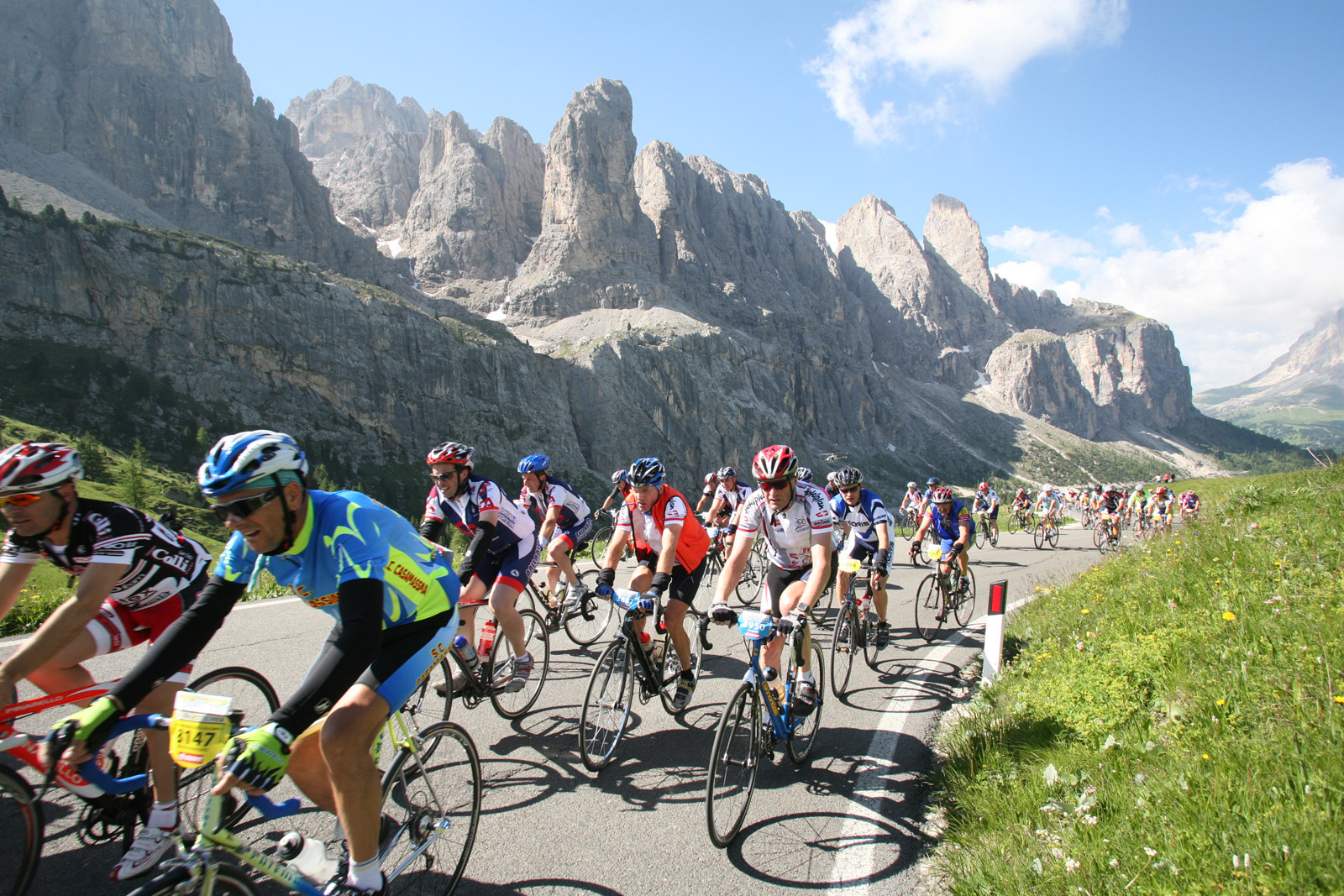|
Randrianasolo's Sportive Lemur
Randrianasolo's sportive lemur (''Lepilemur randrianasoloi''), or the Bemaraha sportive lemur, is a sportive lemur endemic to Madagascar. It has a total length of about , of which are tail. Randrianasolo's sportive lemur is found in western Madagascar. Originally named ''L. randriansoli'', the name was found to be incorrectly formed and was corrected to ''L. randrianasoloi'' in 2009. This species's original 2006 description was entirely online, and therefore did not meet the ICZN The International Code of Zoological Nomenclature (ICZN) is a widely accepted convention in zoology that rules the formal scientific naming of organisms treated as animals. It is also informally known as the ICZN Code, for its publisher, the I ... standards to be a valid name. It was given a formal described in 2017. References Sportive lemurs Mammals described in 2017 {{lemur-stub ... [...More Info...] [...Related Items...] OR: [Wikipedia] [Google] [Baidu] |
Sportive Lemur
The sportive lemurs are the medium-sized primates that make up the family Lepilemuridae. The family consists of only one extant genus, ''Lepilemur''. They are closely related to the other lemurs and exclusively live on the island of Madagascar. For a time, this family was named Megaladapidae, but the current name was given precedence since the extinct genus ''Megaladapis'' was removed from the family. Etymology French zoologist Isidore Geoffroy Saint-Hilaire first described the genus ''Lepilemur'' in 1851, prefixing the existing genus ''Lemur'' with the Latin ''lepidus'' ("pleasant" or "pretty"). However, it was erroneously spelled—a mistake later authors unsuccessfully attempted to correct to ''Lepidolemur''. Members of the monogeneric family Lepilemuridae are referred to as either sportive or weasel lemurs. "Sportive lemur", which is more commonly used, was coined by Henry Ogg Forbes in 1894. Though he did not explain the name choice, he did mention the agility of ''Lepilemu ... [...More Info...] [...Related Items...] OR: [Wikipedia] [Google] [Baidu] |
Madagascar
Madagascar (; mg, Madagasikara, ), officially the Republic of Madagascar ( mg, Repoblikan'i Madagasikara, links=no, ; french: République de Madagascar), is an island country in the Indian Ocean, approximately off the coast of East Africa across the Mozambique Channel. At Madagascar is the world's List of island countries, second-largest island country, after Indonesia. The nation is home to around 30 million inhabitants and consists of the island of Geography of Madagascar, Madagascar (the List of islands by area, fourth-largest island in the world), along with numerous smaller peripheral islands. Following the prehistoric breakup of the supercontinent Gondwana, Madagascar split from the Indian subcontinent around 90 million years ago, allowing native plants and animals to evolve in relative isolation. Consequently, Madagascar is a biodiversity hotspot; over 90% of wildlife of Madagascar, its wildlife is endemic. Human settlement of Madagascar occurred during or befo ... [...More Info...] [...Related Items...] OR: [Wikipedia] [Google] [Baidu] |
ICZN
The International Code of Zoological Nomenclature (ICZN) is a widely accepted convention in zoology that rules the formal scientific naming of organisms treated as animals. It is also informally known as the ICZN Code, for its publisher, the International Commission on Zoological Nomenclature (which shares the acronym "ICZN"). The rules principally regulate: * How names are correctly established in the frame of binominal nomenclature * Which name must be used in case of name conflicts * How scientific literature must cite names Zoological nomenclature is independent of other systems of nomenclature, for example botanical nomenclature. This implies that animals can have the same generic names as plants (e.g. there is a genus ''Abronia'' in both animals and plants). The rules and recommendations have one fundamental aim: to provide the maximum universality and continuity in the naming of all animals, except where taxonomic judgment dictates otherwise. The code is meant to guide o ... [...More Info...] [...Related Items...] OR: [Wikipedia] [Google] [Baidu] |
Sportive Lemurs
A cyclosportive, or often simply sportive, is a short to long distance, organised, mass-participation cycling event, typically held annually. The Italian term '' Gran Fondo'' is commonly used for these events in the United States, Australia and some other English-speaking countries. ''Cyclosportive'' is short for the French term french: label=none, randonnée cyclosportive (the spelling cyclosportif is sometimes also used but ''cyclosportive'' is correct as ''randonnée'' is a feminine noun in French). Many cyclists use sportives to challenge themselves in a personal battle against the distance and then ultimately, the clock. Some participants in a cyclosportive will ride the event like a race, with prizes awarded and considerable prestige for top place finishers, particularly in events like La Marmotte, L'Étape du Tour and the Ardechoise. A cyclosportive falls between a traditional cycle road race and the more challenging non-competitive randonnée or Audax events. Riders ... [...More Info...] [...Related Items...] OR: [Wikipedia] [Google] [Baidu] |
